#Spirethoughts
Explore tagged Tumblr posts
Text
Fancy a ride across Norway’s underwater floating tunnel?
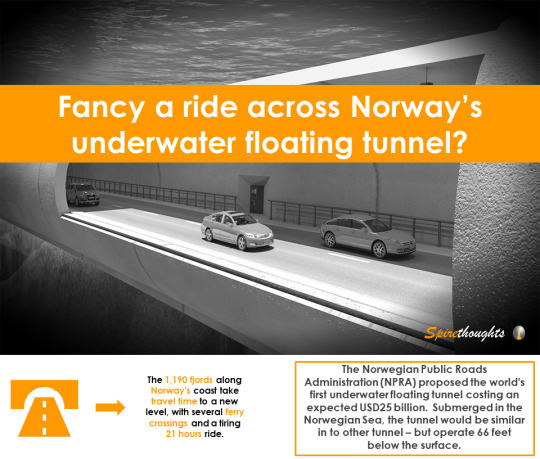
The 1,190 fjords along Norway’s coast take travel time to a new level, with several ferry crossings and a tiring 21 hour ride.
Therefore, the Norwegian Public Roads Administration (NPRA) proposed the world’s first underwater floating tunnel costing an expected USD25 billion.
Will underwater infrastructure revolutionize travel?
Visit here for more information: http://bit.ly/2n0KTZc
3 notes
·
View notes
Text
Meteor showers on demand in Japan

Astro Live Experiences (ALE), the world’s first aerospace entertainment firm, is launching a satellite to an altitude of 220 miles in the summer of 2019, which will release a meteor shower on command.
Brainchild of University of Tokyo astronomer Lena Okajima, the spacecraft will circle the globe and kick out 15–20 meteor particles. This invention was originally conceived as an opening act for the 2020 Tokyo Olympics.
However, “on-demand meteor showers” are a threat to the pre-existing satellites, and a crash into any of them would only add to our orbital debris.
Has the era of space entertainment begun?
Read more here: http://bit.ly/2olvnYp
1 note
·
View note
Text
CPTPP signed by eleven Asia Pacific countries
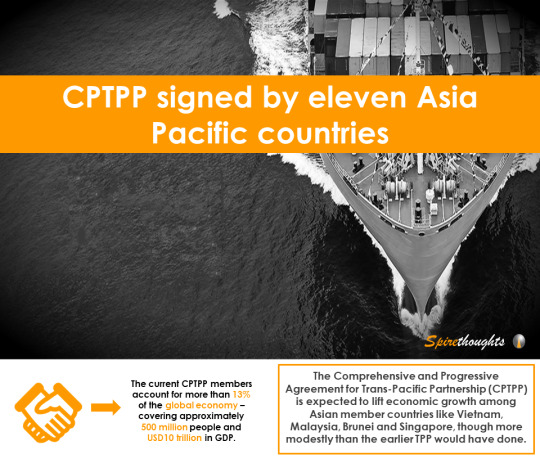
With the sudden pull-out of the USA from the Trans-Pacific Partnership (TPP) last year, the deal was eventually signed by the eleven remaining Asia-Pacific countries and renamed the Comprehensive and Progressive Agreement for Trans-Pacific Partnership (CPTPP).
The current CPTPP members account for more than 13% of the global economy – covering approximately 500 million people and USD10 trillion in GDP.
Visit here for more information: http://bit.ly/2BdjaOJ
1 note
·
View note
Text
Microsoft supports Asia’s renewable energy industry

Microsoft has signed its first solar power agreement with Atria Power in India to purchase 3 megawatts (MW) of solar-powered electricity at its new office in Bangalore, India.
This ensures that 80% of the building’s projected electricity requirement is met but through supporting the local clean energy industry.
Encouraging initiatives like this will help India fulfil its Paris Agreement obligations to cut greenhouse gas emissions.
The deal comes a week after the announcement of another deal in Singapore for a 60 MW solar project.
Has Asia’s renewable energy sector hit a tipping point?
1 note
·
View note
Text
India among the world’s top compact SUV markets
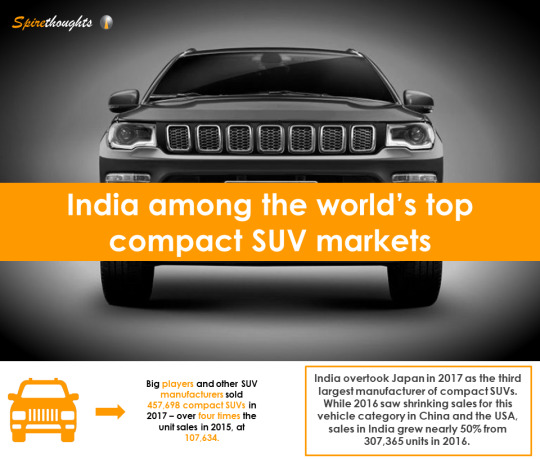
India overtook Japan in 2017 as the third largest manufacturer of compact SUVs.
Big players such as Renault, Mahindra & Mahindra, Ford Motor, Hyundai Motor, Maruti Suzuki and other SUV manufacturers sold 457,698 compact SUVs in 2017 – over four times the unit sales in 2015, at 107,634.
Will India overtake China as the world’s largest compact SUV market?
Visit here for more information: http://bit.ly/2xdb1rE
3 notes
·
View notes
Text
Africa’s aviation sector opens up
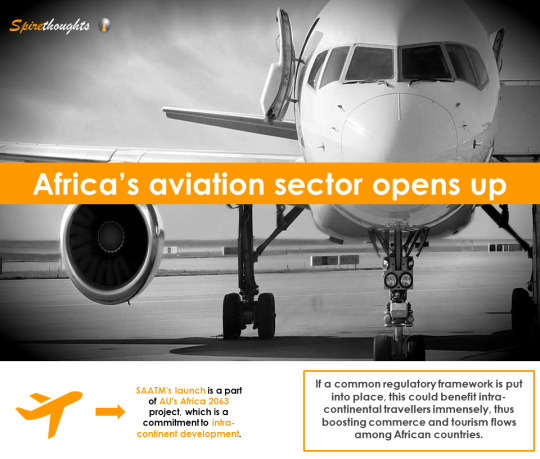
When the African Union (AU) launched the Single African Air Transport Market (SAATM) in January this year, it finally opened up Africa’s skies. 23 signatories on board, though another 32 AU members are yet to sign on.
SAATM’s launch is a part of AU’s Africa 2063 project, which is a commitment to intra-continent development. If a common regulatory framework is put into place, this could benefit intra-continental travellers immensely, thus boosting commerce and tourism flows among African countries.
Will Africa become the world’s next big aviation market?
#Spire#Spirethoughts#AfricanUnion#SAATM#Aviation#AirTravellers#Development#RegulatoryFramework#Commerce#Tourism
1 note
·
View note
Photo

A room-sized 3D printer?
Torbjørn Ludvigsen is a Swedish inventor whose company – Replicating Rapid Prototyper (RepRap) – is busy raising funds to develop the Hangprinter. This suspended 3D printer uses the walls and ceiling of a room as its “frame” and can be used to print furniture-sized objects in an entire room.
While cable-driven 3D printers already exist, this 3D printer is different. It uses a frameless 3-D printing system which is cheaper to assemble – a mere USD250. It uses an entire house as a 3D printer frame and all parts of the suspended 3D printer are mounted on a single moving unit.
The self-replicating machine is designed to manufacture a large fraction of its own parts.
Will RepRap revolutionize the construction of low-cost buildings for developing nations?
Find out more: https://goo.gl/veuzy8
3 notes
·
View notes
Photo

Google’s Project Loon balloons to provide internet in India
Can a network of floating balloons offer internet services? It seems to be a scene right from a science-fiction movie. Tech giant Google has launched a network of balloons that travel 20 km above ground level to deliver signals using LTE technology making the internet available at 4G speeds even in rural areas.
First launched in New Zealand in 2015, the balloons later made their way to Brazil, Australia and recently Sri Lanka and Indonesia. The Indian government is still apprehensive about this technology, in the face of claims that it could lead to technical glitches due to interference with cellular transmission. Nonetheless, the government is yet to come back with a conclusive response.
Will balloons bring the internet to every square inch of the world’s second most populous country?
Find out more: https://goo.gl/qbdhjJ
1 note
·
View note
Photo
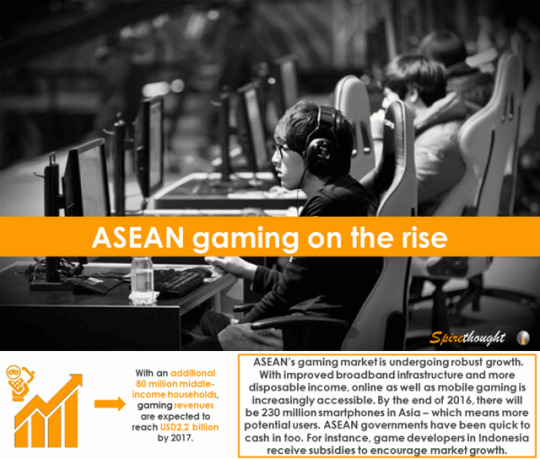
ASEAN gaming on the rise
ASEAN’s gaming market is set for rapid growth. By 2017, there will be an estimated 80 million middle-income households, adding more consumers in the 20-50 years age bracket. This means gaming revenues will reach USD2.2 billion – double in value.
What factors contribute to this emerging market? With improved broadband infrastructure and more disposable income, online as well as mobile gaming is increasingly accessible. By the end of 2016, there will be 230 million smartphones in Asia – which means more potential users.
ASEAN governments have been quick to cash in. For instance, game developers in Indonesia receive subsidies to encourage market growth whereas the University of the Philippines actively promotes game development and design courses, hosts gaming events as well as offers scholarships to attract students.
However, the gaming market in ASEAN is highly fragmented. Each ASEAN country has unique preferences and gaming behaviour. No one single publisher or format can cater to them all. That poses a problem of lack of critical mass in game development.
Can ASEAN become a game development powerhouse?
Find out more: https://goo.gl/IpjBsD
3 notes
·
View notes
Photo
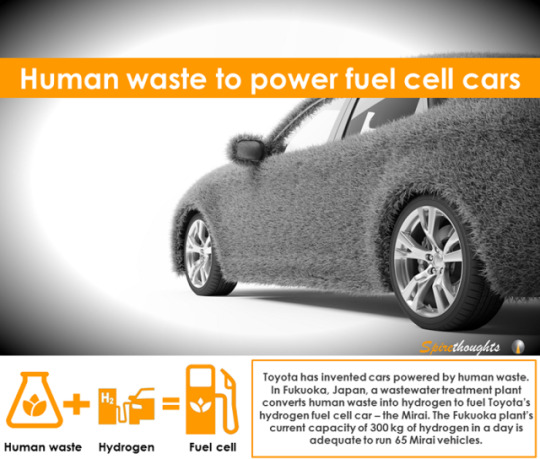
Human waste to power fuel cell cars
Toyota has invented cars powered by human waste. In Fukuoka, Japan, a wastewater treatment plant converts human waste into hydrogen to fuel Toyota’s hydrogen fuel cell car – the Mirai. The Fukuoka plant’s current capacity of 300 kg of hydrogen in a day is adequate to run 65 Mirai vehicles.
Using wastewater is one of the most eco-friendly methods to make hydrogen, especially for big cities that produce a lot of sewage. In comparison to electric battery cars, hydrogen vehicles may be more effective in convincing consumers to give up their petroleum or gasoline-run vehicles as they function in similar ways.
Will tomorrow’s cars run on hydrogen drawn from human waste?
Find out more: https://goo.gl/D1RFFz
1 note
·
View note
Photo

Prison ankle bracelets are all the rage in Brazil
With about 622,000 inmates, Brazil is home to Latin America’s largest and the world’s fourth largest prison population. Around 32,000 criminals sport one of the many types of ankle bracelets being used. Many others are on a waiting list.
The authorities estimate that they can save anywhere from USD12,000 to USD 72,000 a year for every tagged inmate removed from prison.
Will ankle bracelets allow more prison inmates to serve their sentences from home?
Read about it: https://goo.gl/cBHcGA
0 notes
Text
Do Asian universities have room to rise in the global tertiary education ranks?
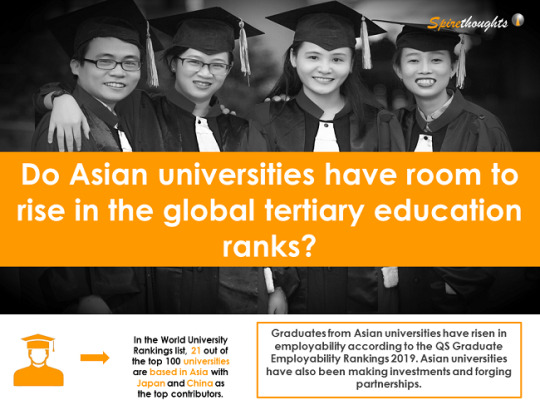
Will Asian universities become the Oxfords of tomorrow? Get more insights: http://bit.ly/2W4gOrP
0 notes
Text
Asian airports are world beaters

Can Asia’s airports lead the way in terms of customer experience? Get more insights: http://bit.ly/2swozcx #Spire #Spirethoughts #Asia #Airports#CustomerExperience #Services #AsianAirports
0 notes
Text
As Sri Lanka’s population ages, the insurance market booms
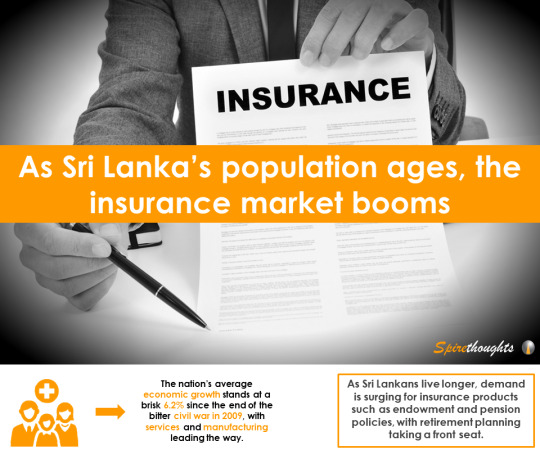
As Sri Lanka experiences demographic shifts – by 2021, 16.7% of the population could be aged 60 or above – the life insurance market is booming.
The nation’s average economic growth stands at a brisk 6.2% since the end of the bitter civil war in 2009, with services and manufacturing leading the way.
As Sri Lankans live longer, demand is surging for insurance products such as endowment and pension policies, with retirement planning taking a front seat.
Will insurance continue to be one of Sri Lanka’s sunrise industries?
0 notes
Text
Egyptian-Israeli gas deal to boost bilateral trade

A USD15 billion deal has been announced between Israel and Egypt to export natural gas. Israel’s Delek Group has signed an agreement to supply 64 billion cubic meters of gas in a span of ten years to Egypt’s Dolphinus Holdings.
The deal is considered a milestone ever since the 1979 peace accord, bringing Egypt a step closer to becoming a regional energy hub.
However, the transportation of natural gas from Israel to Egypt is a challenge given the security risks.
Will the Egypt-Israel gas export deal usher in a relationship of bonhomie and economic co-operation?
Check out more here: http://bit.ly/2jMHNGo
0 notes
Photo

Real time vision for the visually impaired
What if the visually impaired could actually ‘see’ their surroundings?
Can smart technology unlock visual sensory experiences for the visually impaired?
Read about it: https://goo.gl/vUs2dX
0 notes